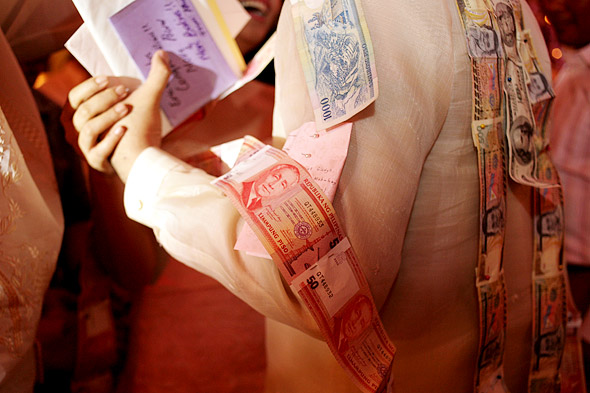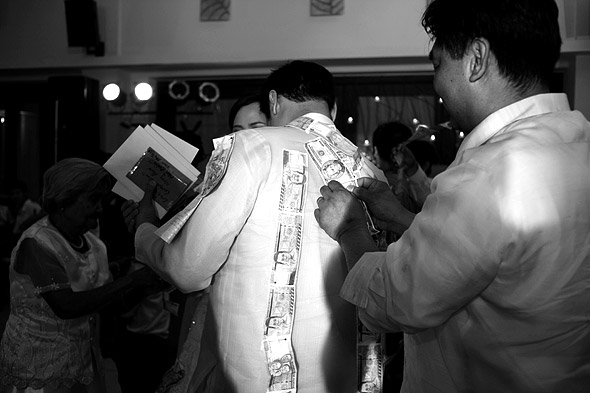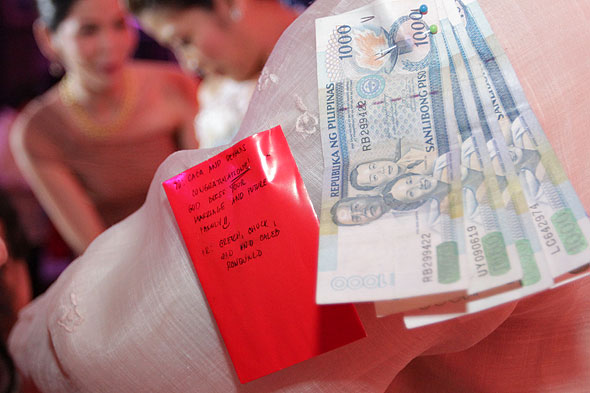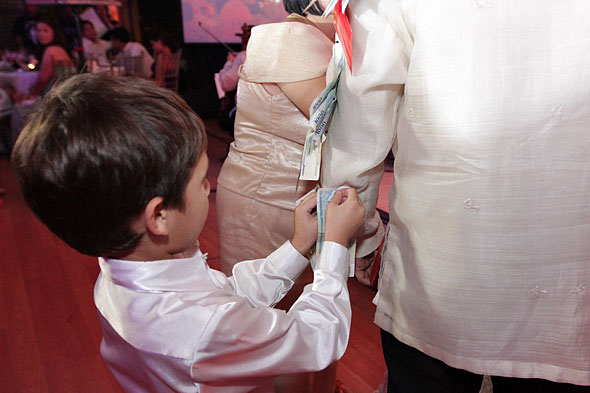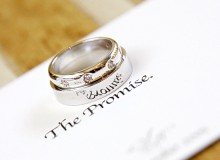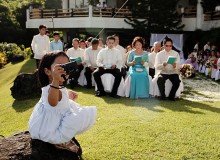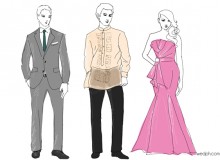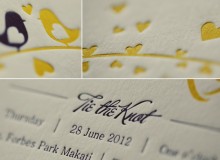Wishing the newlyweds good fortune with the wedding money dance
Filipinos have many customs, traditions and superstitious beliefs surrounding weddings, but which culture doesn’t have their own? Even one of the most enduring customs called the money dance, or the “Sayaw ng Pera,” is present in other cultures such as the United States of America, where it is fittingly called the “dollar dance.”
So how is the money dance done in the Philippines? There are different ways to do it. One thing in common, though, is to have the bride and groom dance with each other. As with other cultures, one way to do it is to have male guests line up on one side and female guests on the other. They then pin money on the couple’s garments, with the males taking turns dancing with the bride, and the ladies, with the groom.
More often than not, however, the couple dance with each other and the guests come up on their own to attach the money to the couple’s garments. This has become the norm. In fact, it is the most practiced one that guests turn the newlyweds’ traditional first dance as a couple into a money dance, even without any announcements or the couple asking or obliging them to do so. The guests take turns attaching the money to the outer garments – the bridal veil or gown, or the groom’s barong or coat. The tradition becomes a fun event, with some of the guests even pinning some of the cash down to the groom’s pants. Another practice is to attach the money bills one after another, until it becomes a long colorful chain of bills of different denominations that can be placed around the couple.
Attaching the cash is usually done by way of pins. Someone, usually the maid of honor or the best man, holds out pins which the guests use. But as the bride usually would not be too keen on having her dress damaged by pins, or to avoid hurting either of the couple with accidental pinpricks, other options include the use of tape or paper clips – which, unfortunately, are unstable attachments and sometimes destroy the bills. Some guests enclose the cash in envelopes first before attaching these to the garments. Another option is to have the bride carry with her a small basket or purse during the dance, or have a trusted assistant, again such as the maid of honor or the groomsman, hold it for her. The key is to have someone take the lead so that others will know where to place the cash.
The money dance used to last for several songs until the couple ran out of wedding guests who would be game enough to attach money. At present, the money-pinning lasts for as long as the newlyweds dance with each other, which is usually for only one song. The money dance can also start off the portion where other guests can also dance with one another or with the couple.
The money dance is a fun activity during wedding receptions, and would undoubtedly make for good photo and video opportunities. More than that, however, this custom is a great way of having guests contribute to the start of the newlyweds’ life together with a little extra cash. It is also wishing the couple, although indirectly, good fortune in togetherness.



